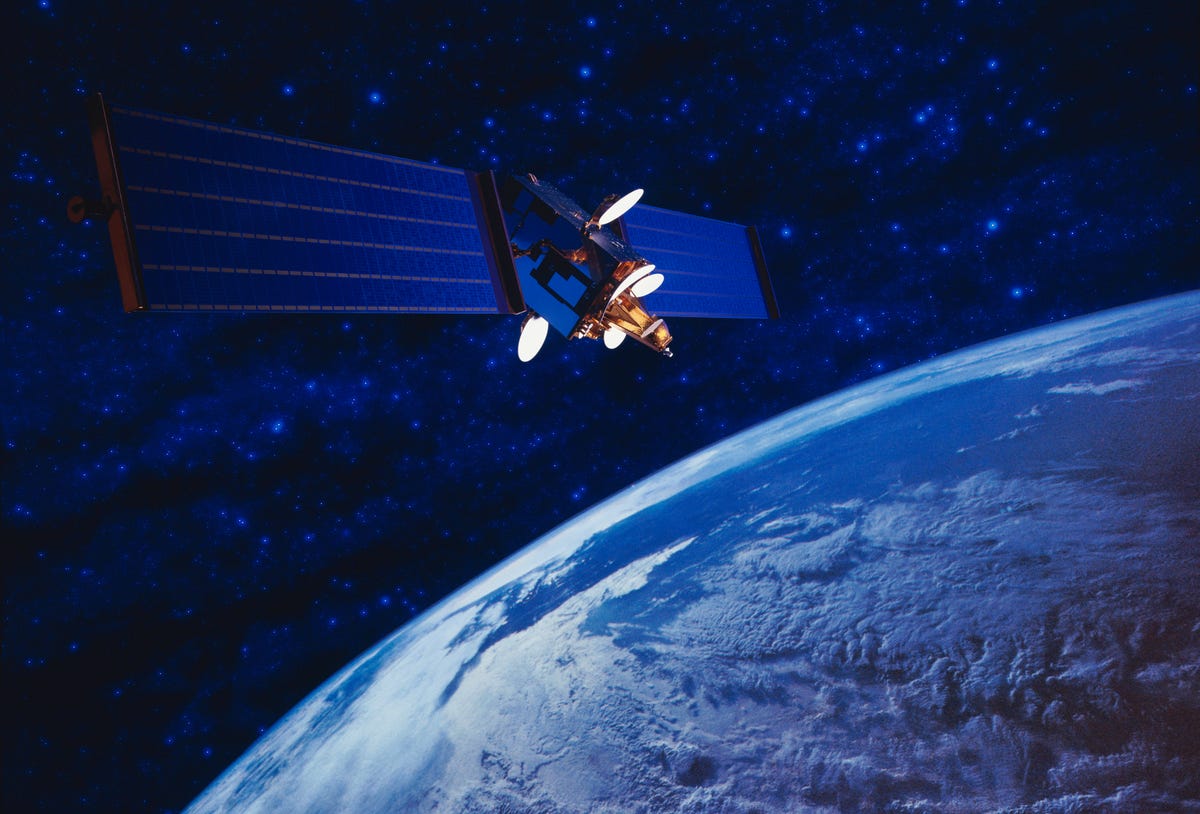FCC keurt nieuwe "5 jaar regel" goed voor ruimteafval

De Amerikaanse Federal Communications Commission op donderdag nieuwe regels aangenomen meant to address the growing problem of “space junk” — the non-functional spacecraft, abandoned rocket stages and other pieces of mostly human-made debris that's cluttering up space. Under the new rules, satellite operators in low-Earth orbit (LEO) have to haul away their satellites within five years of completing their missions.
Previously, there were no hard-and-fast rules governing space junk. However, guidelines suggested that satellites should be deorbited after around 25 years post-mission.
“Twenty-five years is a long time,” FCC Chairwoman Jessica Rosenworcel said in a statement. “There is no reason to wait that long anymore… The second space age is here. For it to continue to grow, we need to do more to clean up after ourselves so space innovation can continue to respond.”
The new rule, she continued, “will mean more accountability and less risk of collisions that increase orbital debris and the likelihood of space communication failures.”
However, not everyone in the federal government is on board with these new rules. Earlier in the week, bipartisan members of the House Committee on Science, Space and Technology sent a letter to the FCC urging the agency to postpone their vote on the rule. The FCC's intent to “act unilaterally,” the congressmembers wrote, “could create uncertainty and potentially conflicting guidance” for the space industry.
Typically, the committee members noted, NASA has led international efforts related to space debris mitigation. Indeed, NASA recently announced it will fund three studies to better understand the growing problem of space junk and what policies might mitigate it.
The congressional letter said the FCC should explain its thinking to the committee to “ensure that procedural measures such as the Congressional Review Act are not necessary.” The Congressional Review Act effectively lets Congress overturn any regulations imposed by federal agencies.
De sensoren van het Space Surveillance Network (SSN) van het Pentagon volgen 27,000 stukjes ruimteafval, zowel door mensen gemaakte als meteoroïden, als ze in een lage baan om de aarde vijf centimeter in diameter zijn en ongeveer een meter (één meter) in een geostationaire baan.
SSN volgt niet het veel grotere aantal kleinere stukjes rommel in een baan in de buurt van de aarde, die nog steeds groot genoeg zijn om menselijke ruimtevluchten en robotmissies te bedreigen, volgens NASA. NASA says there are 23,000 pieces of debris larger than a softball orbiting the Earth at speeds up to 17,500 mph (28,163 km/h).

